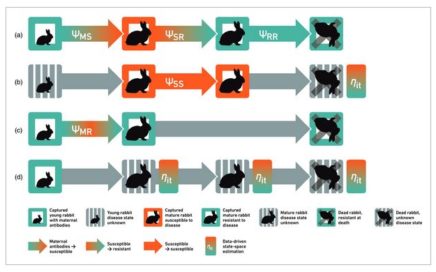Rabbit Control. More than a ‘silver bullet’.
Effective rabbit control requires the planned integration of different control techniques, but a recent paper in the Journal of Pest Science by Taggart et al concluded that ‘Land managers view RHDV as a ‘silver bullet’ and release it to avoid applying more expensive but more effective control methods’. This conclusion was reached after the authors […]

